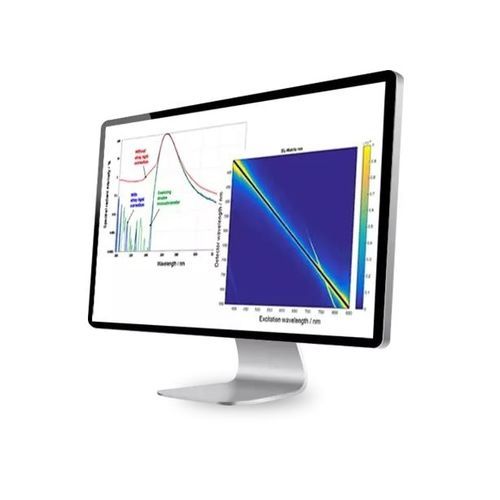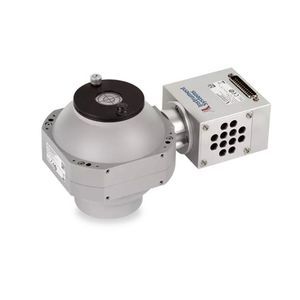
- Products
- Instrument Systems

- Company
- Products
- Catalogs
- News & Trends
- Exhibitions
LED luminance and color calibration standard CAS 140D
Add to favorites
Compare this product
Description
Correction matrix for the reduction of stray light in the spectrum
The most significant limitation in the performance of an array spectroradiometer in photometry and radiometry is the incidence of stray light in the instrument. In other words, a certain element of the array detector is contaminated by radiation from a spectral range other than specified. In the CAS series of powerful array spectroradiometers from Instrument Systems, stray light is effectively suppressed by design measures, so that contamination is low from the outset.
NIST correction method
According to the NIST method, remaining residual stray light can be corrected with the aid of a tunable laser. The idea is that monochromatic radiation of a laser line can for the most part be assigned to a specific pixel of the detector.
All light measured outside the bandpass function for this wavelength is the stray light contribution of this pixel that is seen from all other pixels in the detector. The total detected spectra over all excitation wavelengths results in a device-specific matrix. If the bandpass function of the real signal is subtracted, the result is a stray light matrix.
Use of a stray light correction matrix in the calibration process (optional) further optimizes the good stray light values of the CAS 140D. The measuring instrument is thus ideally suited, among others, to accurate measurement of UV-LEDs and determination of the hazard class of light sources (photobiological safety).
*Prices are pre-tax. They exclude delivery charges and customs duties and do not include additional charges for installation or activation options. Prices are indicative only and may vary by country, with changes to the cost of raw materials and exchange rates.




